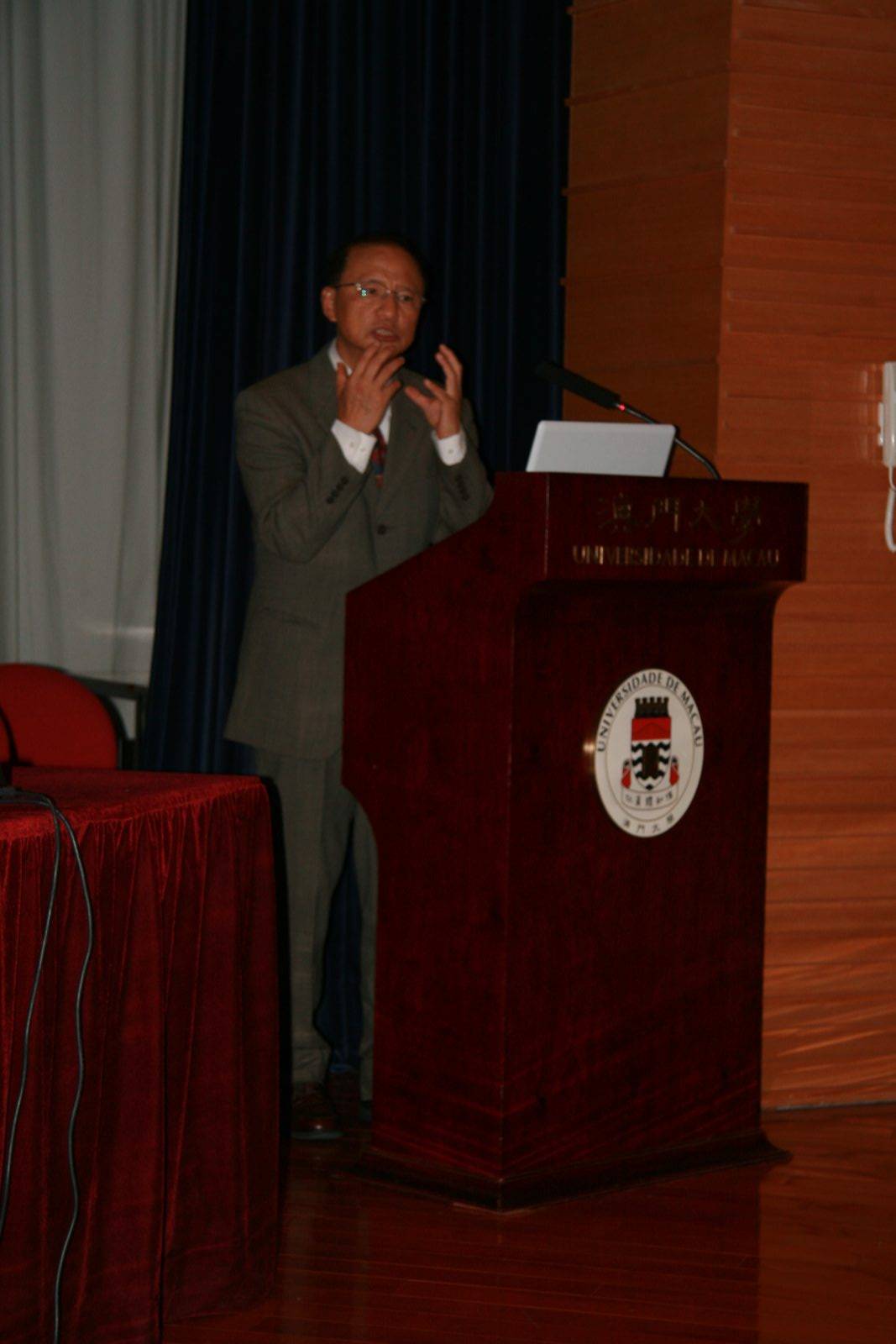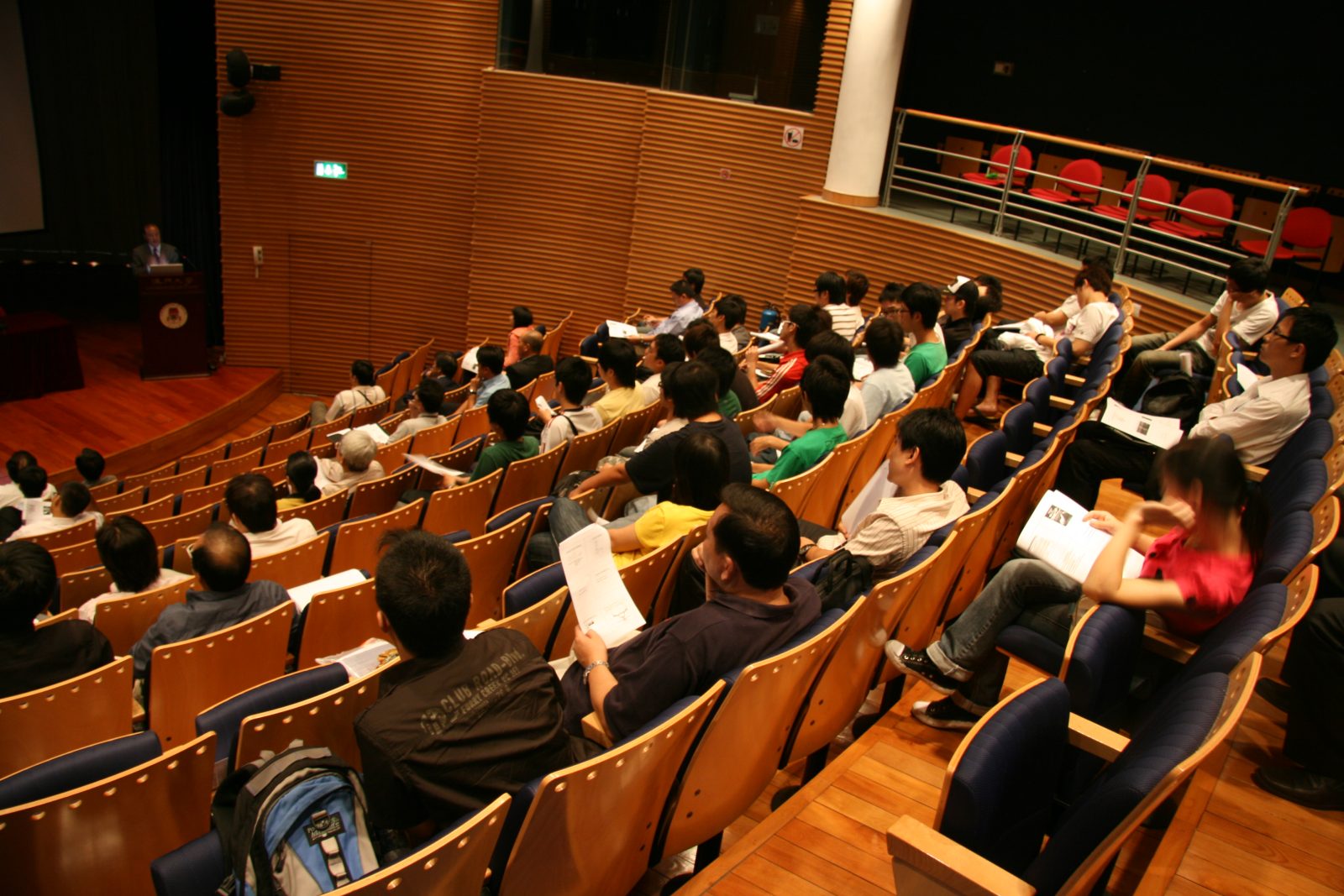A seminar titled ‘Project Management – Lessons Learnt from Taiwan High Speed Rail Project’, jointly organized by Department of Civil and Environmental Engineering, The Macau Institution of Engineers, National Taiwan University, Alumni Association of Macau, Civil Engineering Laboratory of Macau (LECM), Macau Transportation and Traffic Engineering Association and Macau Association for Geotechnical Engineering, took place at STDM Hall on 20 October 2008. This seminar was delivered by Dr. Tsung-Chung KAO from the Department of Civil Engineering of National Taiwan University.
Dr. Tsung-Chung KAO obtained his PhD in Geotechnical Engineering from University of California, Berkeley in 1977. He has a long history of involvement with the Taiwan High Speed Rail Project. From 1989 to 1993, he was involved in the geotechnical study and detail design of the project. In 1994, he served as the advisor to the Provisional Office of the Taiwan High Speed Rail Project. Since 1997, Dr. Kao has been a member of the Taiwan High Speed Rail Corporation. He served as VP/Project Management, VP/Stations and VP/Construction for the project during the construction period of the project. Since the completion of his duty for the Taiwan High Speed Rail project, Dr. Kao teaches at National Taiwan University on subjects of ‘Integration Project Management’ and ‘High Speed Rail Engineering’.
Taiwan High Speed Rail project is the world’s first privatized high speed rail project and the largest privatized transportation project. The project was to construct and to operate a 345 km high speed rail from Taipei to Kaohsiung for a concession period of 35 years. The project commenced in 1998 and the commercial operation began in January 2007. The high speed rail is now serving 94% of the Taiwan population who live along the corridor of the high speed rail. This seminar had reviewed the history of the project’s evolving from a government-funded public work to a privatized BOT project. It had also reported on the management of the project��s construction works and the series of changes in the local transportation system that HSR has triggered.
This seminar attracted more than 60 participants and there were interaction between speaker and the audiences during the Q & A section, the audiences are active in asking questions and the speaker also gave useful feedback and provided different points of view regarding the discussed issue.



